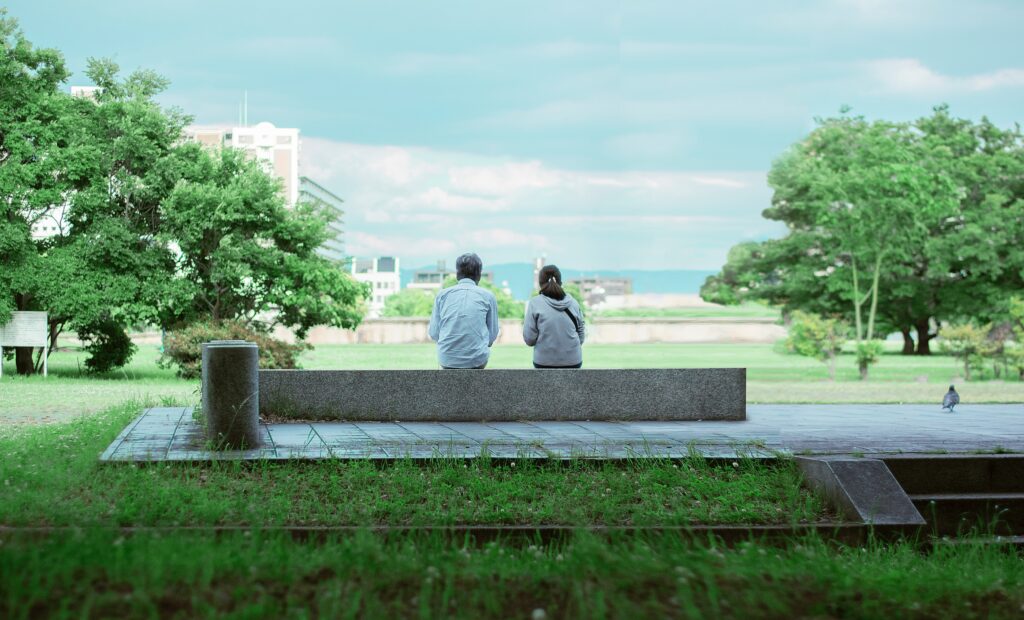Opting Out of a Hyper Culture
The prefix “hyper” first graced my ears in graduate school. I was studying to be a speech therapist and medical terminology was an obligatory class. Hyper, I learned, meant above normal. Over. Beyond. The term represented a red flag....


The prefix “hyper” first graced my ears in graduate school. I was studying to be a speech therapist and medical terminology was an obligatory class.
Hyper, I learned, meant above normal. Over. Beyond.
The term represented a red flag. Hypertension, hyperglycemia, hyperactivity. Add in the prefix “hyper” and an otherwise neutral word suddenly required real attention.
Hyper called for a plan to reset. A remedy. Hyper conditions weren’t to be taken lightly and were nothing to normalize or leave untreated.
Recently, I’ve observed hyper popping up in novel ways. While it still holds medical clout, hyper is now being used, in an equally significant way, to describe our culture.
Hyperliving
John Mark Comer, in his book The Ruthless Elimination of Hurry, penned the word “hyperliving” to describe our culture’s pace.
His definition of hyperliving? Skimming over the surface of life. To include: hurry, busyness, a pull to do it all, moving through life at a speed that causes us to miss out on the one life we’ve been given. Moving at an “above normal” pace has become normalized.
A U.S.A. Today multi-year poll, started in 1987 and published in 2008, measured how people perceived time and their own busyness. The poll found that in each consecutive year since 1987, people reported that they are busier than the year before, with 69% now responding that they were either “busy,” or “very busy,” with only 8% responding that they were “not very busy.”
Women reported being busier than men, and those between ages 30 to 60 were the busiest. When the participants were asked what they were sacrificing to be so busy, 56% cited sleep, 52% recreation, 51% hobbies, 44% friends and 30% family. In 1987, 50% said they ate at least one family meal everyday; by 2008, that figure had declined to 20%.
We’ve become a society addicted to busyness. To a frenetic pace. To a surface-level life. To hyperliving.
But hyper describes more than our society’s pace.
Hyperconsumerism
In a landmark 2006 study of contemporary suburban America, Researcher Elinor Ochs, linguistic anthropologist and director of UCLA’s Center on Everyday Lives of Families (CELF), coined the term “hyperconsumerism.”
“What distinguishes us [from other generations] is the normative expectation of hyperconsumerism,” Ochs writes. “American middle-class houses…are capacious; we find food, toys and other purchases exceeding the confines of the home and overflowing into garages, piled up to the rafters with stockpiled extra stuff.”
A definition of consumerism? The tendency of people living in a capitalist economy to engage in a lifestyle of excessive materialism that revolves around reflexive, wasteful, or conspicuous overconsumption.
The definition of hyperconsumerism? An above normal, over-the-top, beyond-healthy-limits engaging in (enter the definition above).
Our culture has normalized over-the-top overconsumption.
“For more than 40,000 years,” Ochs wrote, “intellectually modern humans have peopled the planet, but never before has any society accumulated so many personal possessions.”
Never before has any society accumulated so many personal possessions.
Never before has any society adopted hurry and busyness as its baseline.
Enter the red flag. Enter the diagnosis that defines our culture as an unhealthy one.
Awareness
Are you feeling the pull of hyperliving or hyperconsumerism?
Some of the symptoms include: chronic stress, irritability, inability to be present to loved ones, rampant credit card debt, no time for yourself or what matters most to you, moments where it feels hard to breathe.
I list off the symptoms from experience. And I offer a slower, simple life as the cure.
Opting out
Could it be that the remedy for our hyper culture is already available, but simply not yet normalized?
Without question.
The cure for a hyper culture running in overdrive, fixated on doing more, amassing more, hurrying more is… less.
It’s letting go of excess possessions, releasing the stress and weight they held.
It’s pausing long enough to memorize your child’s eye color during a conversation.
It’s sloughing a half-hearted commitment (or three) off an already packed schedule.
It’s saying “no” to an opportunity you don’t feel 100% called to.
It’s spending time in silence, contemplating the things that matter.
It’s questioning every purchase and becoming comfortable doing without.
It’s mitigating FOMO, realizing we weren’t called to do it all.
It’s showering our kids with time and attention, not random stuff.
It’s not clicking “buy now,” realizing we need so much less than we think to be happy.
It’s cultivating gratitude by jotting down daily gifts in a journal at the end of the day.
It’s inviting a loved one out for coffee, listening, and asking intentional questions.
It’s checking your own inner guidance more than you check your phone.
It’s spending time outdoors, breathing deeply, observing nature’s pace.
It’s practicing a weekly “do nothing day,” day of rest, or sabbath.
Ultimately, the choice is ours. We can opt out of our culture’s push for more. We can decelerate the speed of our lives. We can ignore the lie that happiness will finally emerge after our next purchase—that the “good life” can be bought.
Now is the time to step away from society’s hyper-led terms. Slowing the pace of our lives and purchases may feel countercultural, but our physical and mental health—better yet, our lives—depend on it.
So here’s to pausing, making a life-examination, and remediating any culturally driven “hyper” conditions holding us back from really living.
The remedy—a life filled with less busyness and less excess stuff—promises a life with more meaning, more purpose, and more focus on who and what really matters.
***
About the Author: Julia Ubbenga is a freelance journalist and mom of four who documents her family’s journey into minimalism on her blog Rich in What Matters. Her teachings on simplicity and intentional living help others live more meaningful lives with less stuff.

 Tekef
Tekef 































